In this column, “The Masters’ Thread,” artists share their thoughts about how one master’s piece inspires their current work.
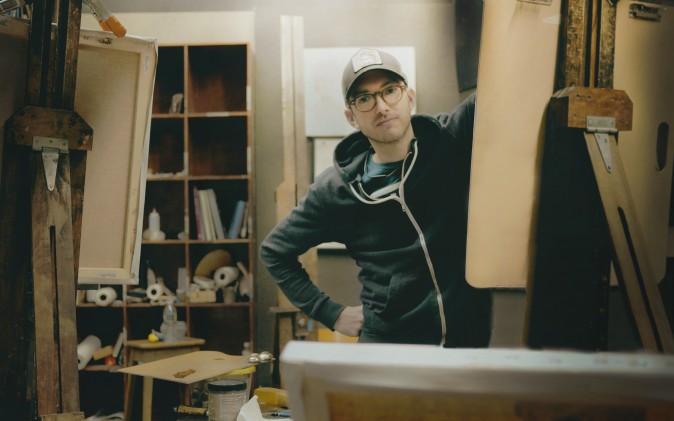
Most artists can recall that “one painting” that made them see the world in a different light. For me, it was the portrait of the Amsterdam cabinetmaker Herman Doomer by Rembrandt van Rijn.
When I visit The Met, I often look around the room where the Doomer portrait resides and it seems as if Rembrandt’s paintings exude more life than the viewers themselves. There is breath and soul in the sitters that very few artists in history were able to convey. This is something I have been trying to achieve in my own studio practice, as have countless other artists.
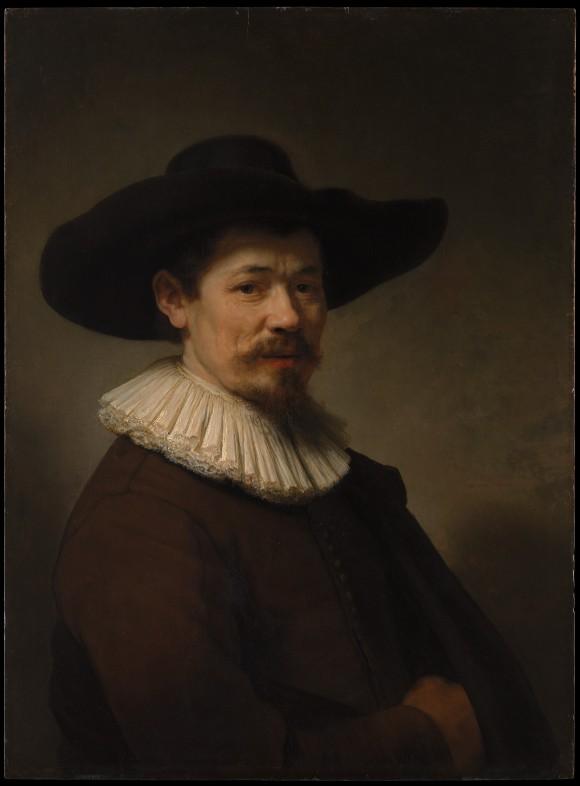
This painting has a quiet yet strong arrangement of light and dark shapes, which give it a force that can be recognized from across the gallery floor. The simple posterized shapes draw the viewer in from afar, and upon closer observation a world of details is revealed.
What always brings me back to Rembrandt is his innate ability to stimulate the imagination, through a strong compositional arrangement of light and dark shapes to support his idea for a painting. How simple it all seems at first look.
The light of the head and collar against the darker background appear to be glowing. The face is framed perfectly by the dark of the hat. The painting carries strength, even though the details of the beard, crow’s-feet around the eyes, and texture of the ruffled collar are barely evident from a distance.
Rembrandt is a master at keeping his tonal range closely related in order to achieve a desired light effect, and his control of the flow of light draws the viewer into a world where the sitter appears to be alive. The landscape of the features is explored through brushstrokes, which not only describe the forms but also lead the viewer on a journey. The planes of the face are often turned (creating the illusion of a three-dimensional image) by a simple change in the intensity of the color, rather than an actual change of tone.
The Doomer portrait also gives a fine lesson in how to handle edges in a painting. The play between softer and harder edges provides a veil of atmosphere for the entire piece. The softness of the beard, played against the harder edges of the hat and the left shoulder of his coat, lead the viewer to look right to where the artist wants you to look—at the eyes.
Rembrandt’s subtle color sense can be seen throughout the painting, from background to foreground. His constant play of warm and cool colors creates a vibration that brings life into the portrait. The skin has life. There is a tactile quality to the beard. What you are seeing transcends the reality of what the artist saw in front of him.
Rembrandt always thought about the larger underlying principles: big value, big edges, and big color. He never allowed the smaller elements to overtake his big ideas. All of the smaller forms are subordinate to the larger, in order to preserve a more powerful look.
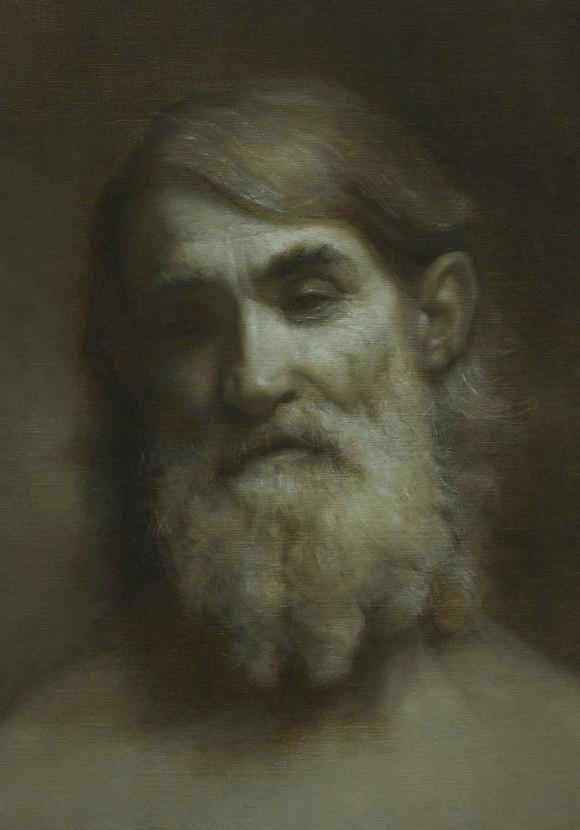
The principles that Rembrandt held so dearly are what inspire me when I am working in my studio. As I work on a portrait, I try to hold onto the same ideas of value arrangement, trying to keep the smaller parts of the painting subordinate to the larger parts. I want to investigate the wrinkles in the sitter’s eyes and furrowed brow that tell the story of age and life, while at the same time not allowing those details to attract so much attention that they take away from the larger idea. It is a constant push and pull, a constant editing process that I must go through to get the right balance and achieve my overall vision for the portrait.
The sitter in front of me gives endless information and possibilities. It would be impossible to put all of what I see into one portrait. It is my job to compress these ideas down, to fit into the range that my paint can offer. The brilliant light on the model’s forehead, or the bright highlights on the model’s hair, are far brighter than my paint will allow, but I look to the masters of the past, such as Rembrandt, to guide me in the editing process along the way, and find answers to the questions presented before me.
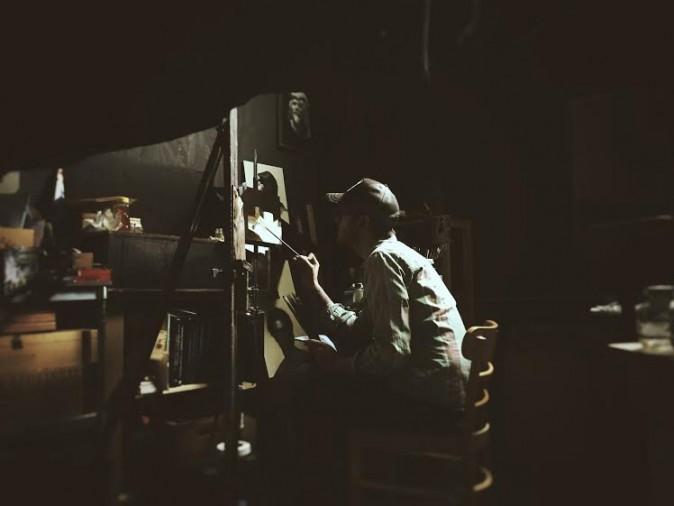
Dale Zinkowski, born in New York in 1975, is currently studying with Jacob Collins at the Grand Central Atelier. He has shown his work throughout the United States, and in Italy and France. He lives in New York with his wife, contemporary artist Karine Falleni, their son, and their hound dog.

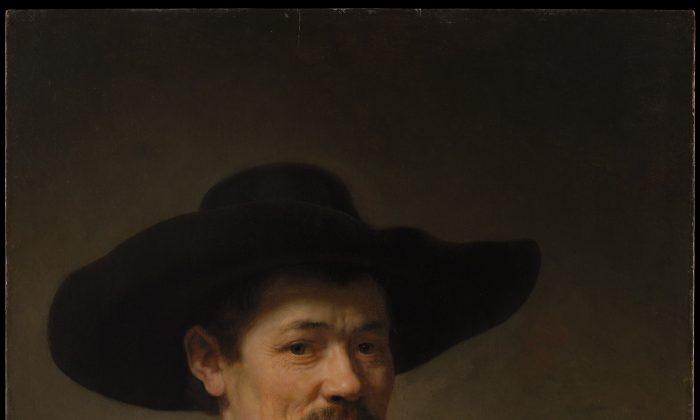
Friends Read Free